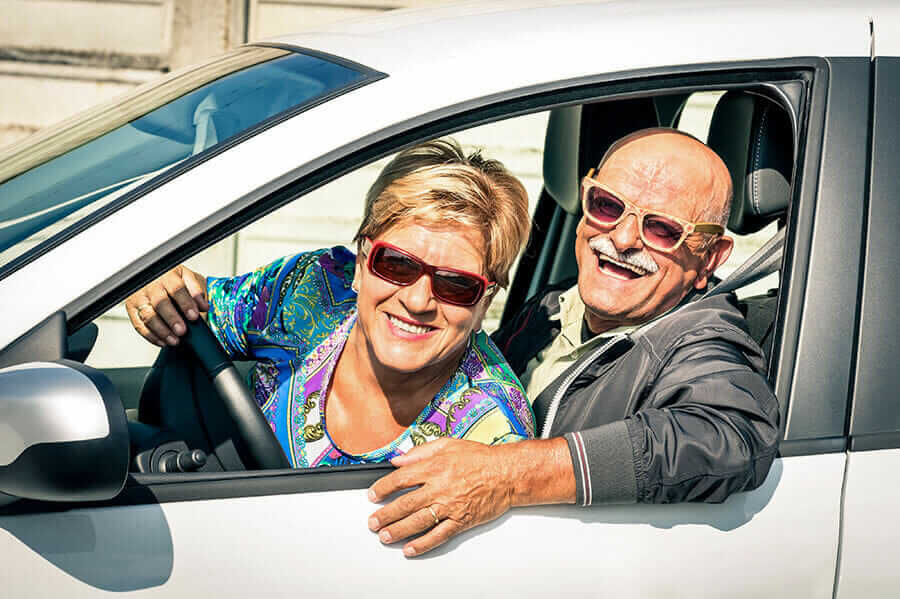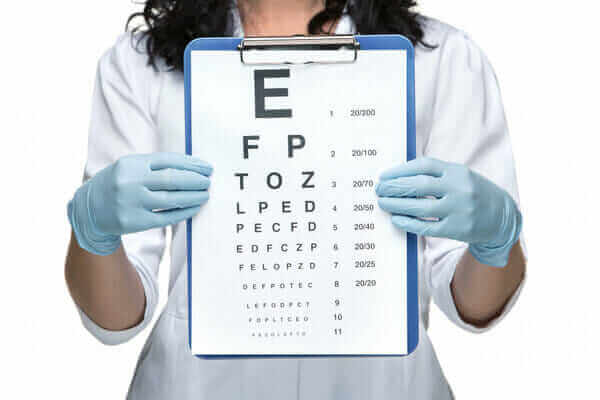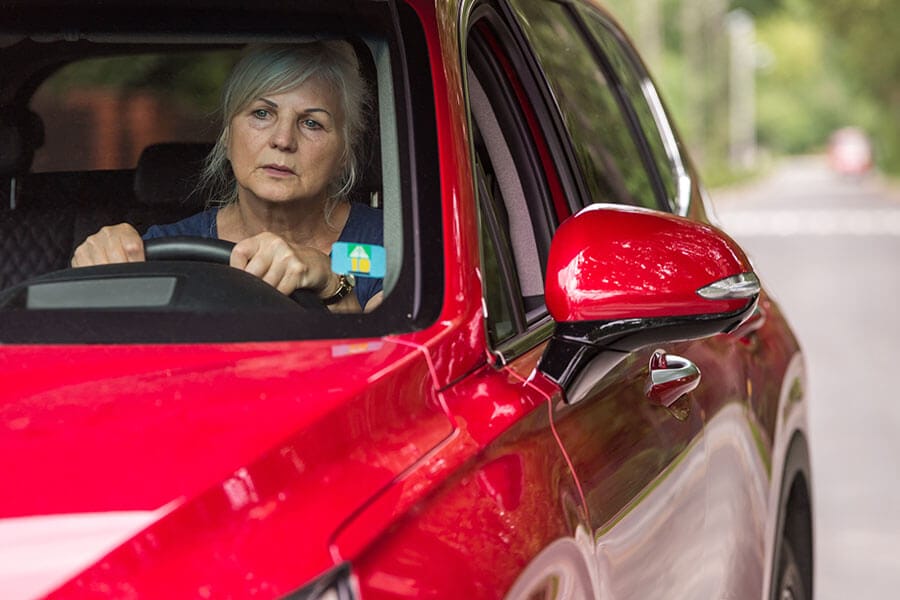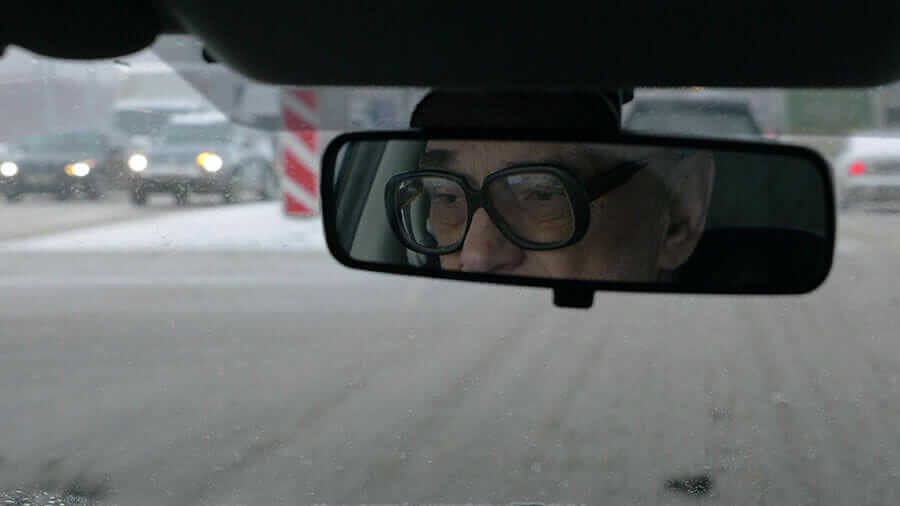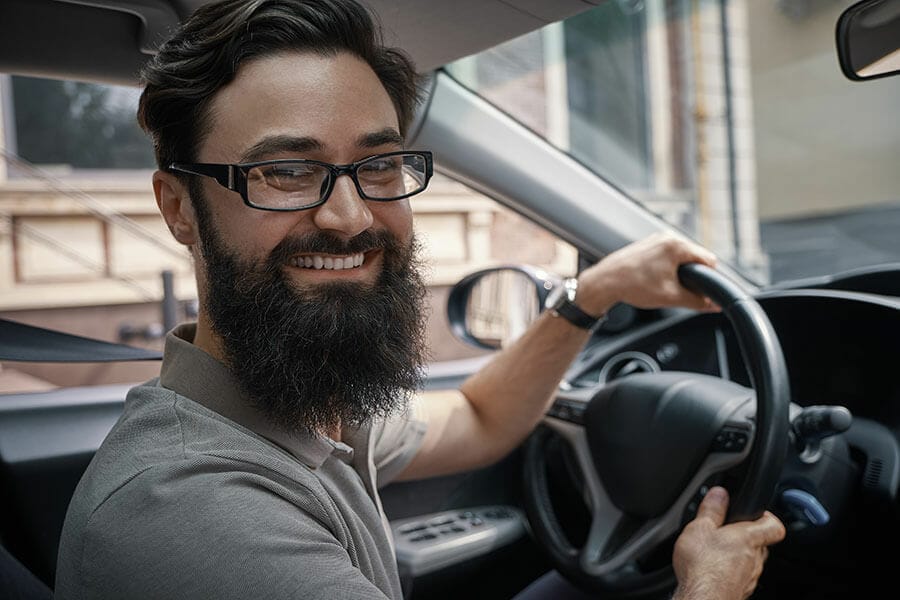What are the different visual skills that are needed while driving?
Near and distance vision
The ability to see things close up and far away are critical for safely operating a vehicle. Distance vision is needed for seeing signs, pedestrians, traffic lights, and much more. Near vision is needed for safe operations inside the car as well as seeing things in front of your vehicle.
Peripheral vision
Peripheral vision (side vision) is your ability to see on the sides of your central vision. When you are driving and have to change lanes, this skill is essential. Similarly, it's needed when you read road signs, warning signs, and lane markings. Patients with poor peripheral vision may find it difficult to keep their car centered in the lane or park their car and therefore, it may be unsafe for them to drive.
Night vision
Your vision may be perfect for driving in daylight hours but not during night. Under low light and poor contrast, it might be unsafe for them to drive at night, as they may not see the dangers on the road, such as a person wearing dark clothes crossing the road, curbs, or potholes.
Glare and light sensitivity
It may be unsafe for you to drive if you are sensitive to glare and light. If the headlights of oncoming traffic disrupt your vision at night, you may not be able to see in front of you for a few seconds, which could be dangerous. Being able to recover quickly from the glare is crucial.
Eye movement
While driving, you need to have controlled eye movement because if you look at a road sign or car or your rear view mirror for too long, you may lose track of where you are and could be highly dangerous for you and others. There are several possible causes, including nystagmus and other visual conditions.
Visual perception
Visual perception is our ability to perceive what your eyes are seeing. Several vision conditions could affect our ability of visual perception. While driving, it is crucial for discerning foreground from background, determining the position of other vehicles, signs, and pedestrians.

